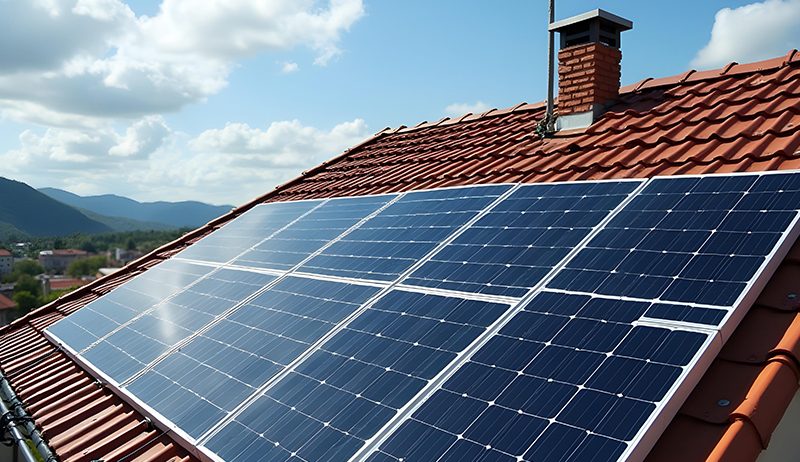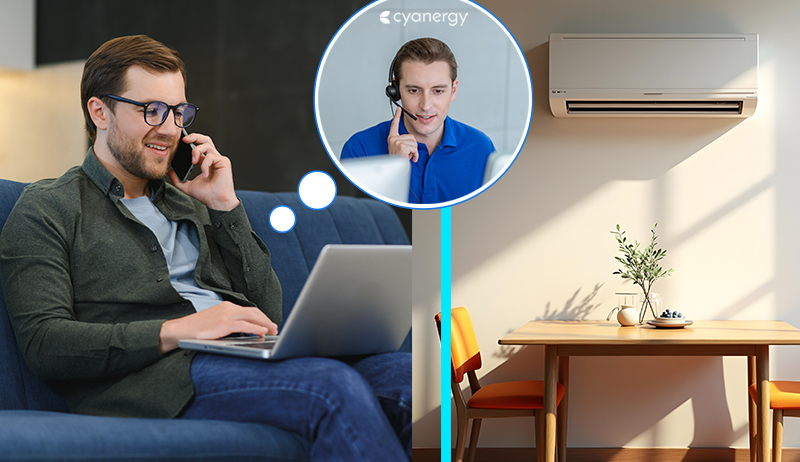According to Government data, 2026 will bring some important changes in the Victorian Energy Upgrades.
These energy upgrades are expected to benefit the homeowners and commercial property holders by saving more power and making their properties more sustainable.
So, if you wanna know the updates, let’s explore further!
The Program’s Lifetime Is Extended
One of the most significant updates is that the VEU program’s timeline has been extended significantly. Under the Victorian Energy Efficiency Target Amendment Bill, the target period is now stretched to 2045 from 2030.
Therefore, if you’re planning big electrification or retrofits, you now have long‑term certainty that the rebate framework is still available.
Legislative & Rule Changes Begin from Mid‑2025
In Australia, a range of new rules and updates are being introduced from mid-2025, which will affect how the 2026 programs operate. Here are some new rules:
- From 21 May 2025, the deadline to create VEECs has been removed, which was previously supposed to end on 31st of January.
- According to changes expected from 1 July 2025, if any participants provide false information or don’t follow the rules, new penalties can be applied directly to them.
- There will be stricter accountability requirements for program participants.
- The ESC has updated its guidance documents and rules for the registry. These include:
- Clearer rules around co-payments and pricing records
- Updated warranty requirements
- Changes to how information is recorded in the registry
- In July 2025, updates to heat pump and cooling eligibility and clarifications for commercial or industrial heat pump water heater rules were released.
Stronger Consumer Protection, Warranty, and Documentation Rules
Besides extending lifetimes, the VEU 2026 changes also emphasize stronger consumer safeguards. For example:
Effective from 31 March 2025, all applicable water heating, space heating, and cooling products installed under the Victorian Energy Upgrades (VEU) program must include a five-year warranty against defects from the date of installation, purchase, or supply.
They updated their activity guides to reflect changes to invoice and payment requirements, along with minor updates, aligning with recent VEU Registry changes and guidance.
Rebate Amounts & Incentives Are Being Rebalanced
Even though the rebate amount and incentives for 2026 aren’t fixed yet, this rebate structure may shift in 2026 as the Australian government is increasingly favouring reverse-cycle and heat pump technologies over gas systems.
The discounted amounts for heating and cooling are still substantial.
For example, by switching your old ducted gas heater for a multi-head split system or ducted reverse cycle air conditioner, you can claim up to $7,200 with the Victorian Government rebate.
However, Cyanergy offers competitive rates under the VEU rebate program. Here’s the breakdown:
 VRF Multi-Head Split System price starts from $1,999 (fully installed)
VRF Multi-Head Split System price starts from $1,999 (fully installed)
 A 3 Head Multi Split Aircon price starts from $2,199
A 3 Head Multi Split Aircon price starts from $2,199
 A 4 Head Multi Split Aircon price starting from $2,699
A 4 Head Multi Split Aircon price starting from $2,699
 Ducted Reverse Cycle Air Conditioner price starts from $7,499 inc GST
Ducted Reverse Cycle Air Conditioner price starts from $7,499 inc GST
Removed or Restricted Incentives & Stricter Eligibility Boundaries
- Certain products or configurations that were loosely eligible may be dropped if they don’t meet new performance thresholds or registry criteria.
- Rebates for switching from gas to electric may now come with stricter conditions, such as meeting energy efficiency standards or fully removing the old gas system.
- Any systems not on the VEU Register or installed by non-accredited providers will be disqualified.
- Some rebate programs are starting to introduce minimum co-payments or stricter eligibility rules.
For instance, from 1 February 2025, minimum co‑payments of $200 were introduced for single non-ducted systems smaller than 10 kW, and $1000 for ducted or multi-head systems.
 Many of us have been interested in this subject since we were young: What actually is the proper role of government in our lives?
Many of us have been interested in this subject since we were young: What actually is the proper role of government in our lives?
 Greenhouse Gases1 year ago
Greenhouse Gases1 year ago
 Climate Change1 year ago
Climate Change1 year ago
 Carbon Footprint2 years ago
Carbon Footprint2 years ago



 VRF Multi-Head Split System price starts from $1,999 (fully installed)
VRF Multi-Head Split System price starts from $1,999 (fully installed)

